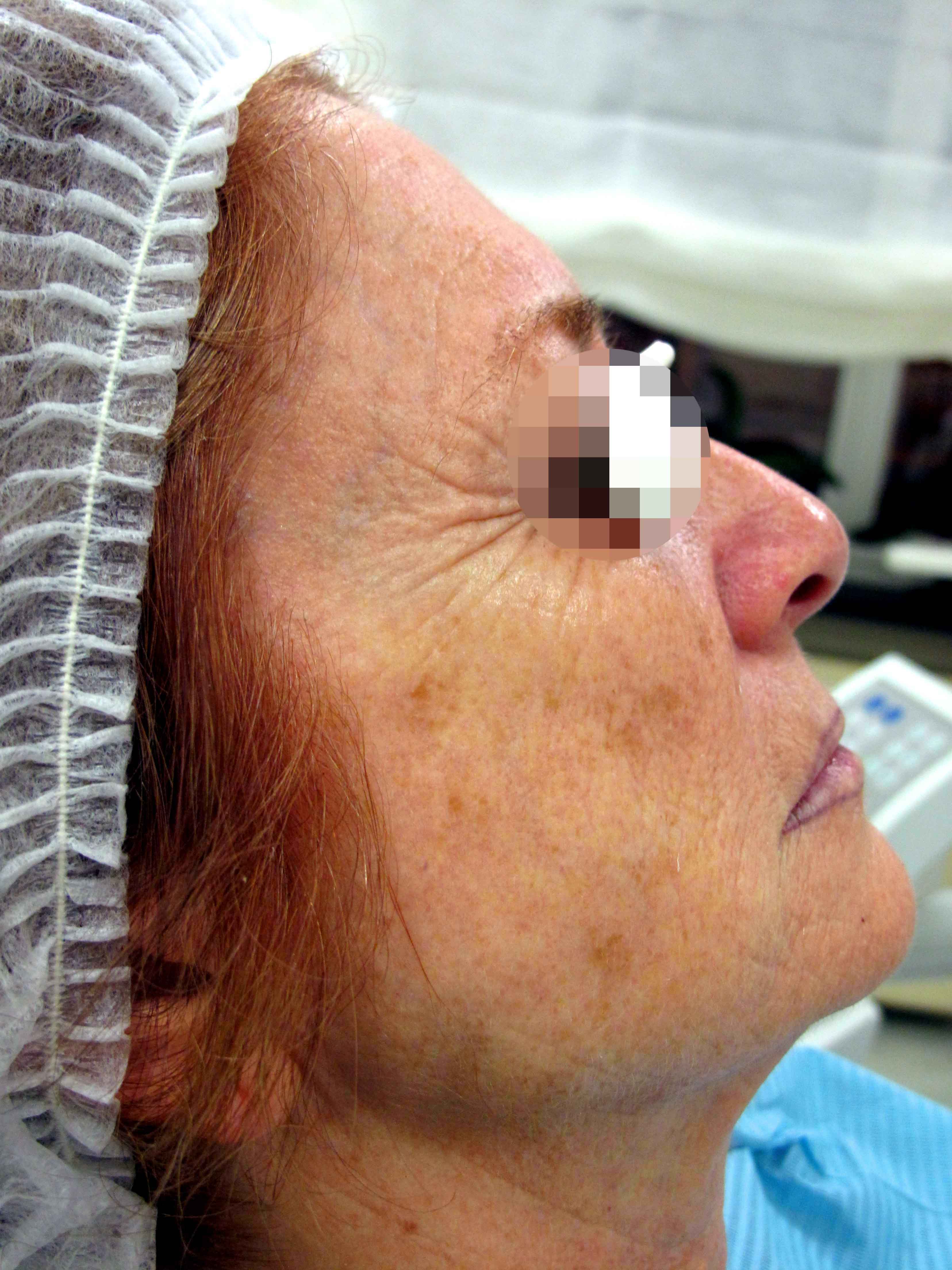Laser ablation of molecular systems constitutes a basis for a diverse range of well-established applications, from matrix assisted laser desorption/ionization (MALDI) and other laser-driven techniques for mass spectrometric analysis of large nonvolatile biomolecules1-3 to laser surgery4 and to surface microfabrication and pulsed laser deposition (PLD) of organic films and coatings. Emerging applications of laser ablation are expanding into new areas, such as nanotechnology and microfabrication of electronic devices,7 restoration of painted artworks, and the design of laser plasma thrusters for microsatellites. Further optimization of experimental parameters in current applications and the emergence of new techniques based on laser ablation can be facilitated by a better theoretical understanding of the relation between the basic mechanisms of laser interaction with materials, nonequilibrium processes caused by the fast deposition of laser energy, and the resulting parameters of the ejected ablation plume and the state of remaining target.
Autori
